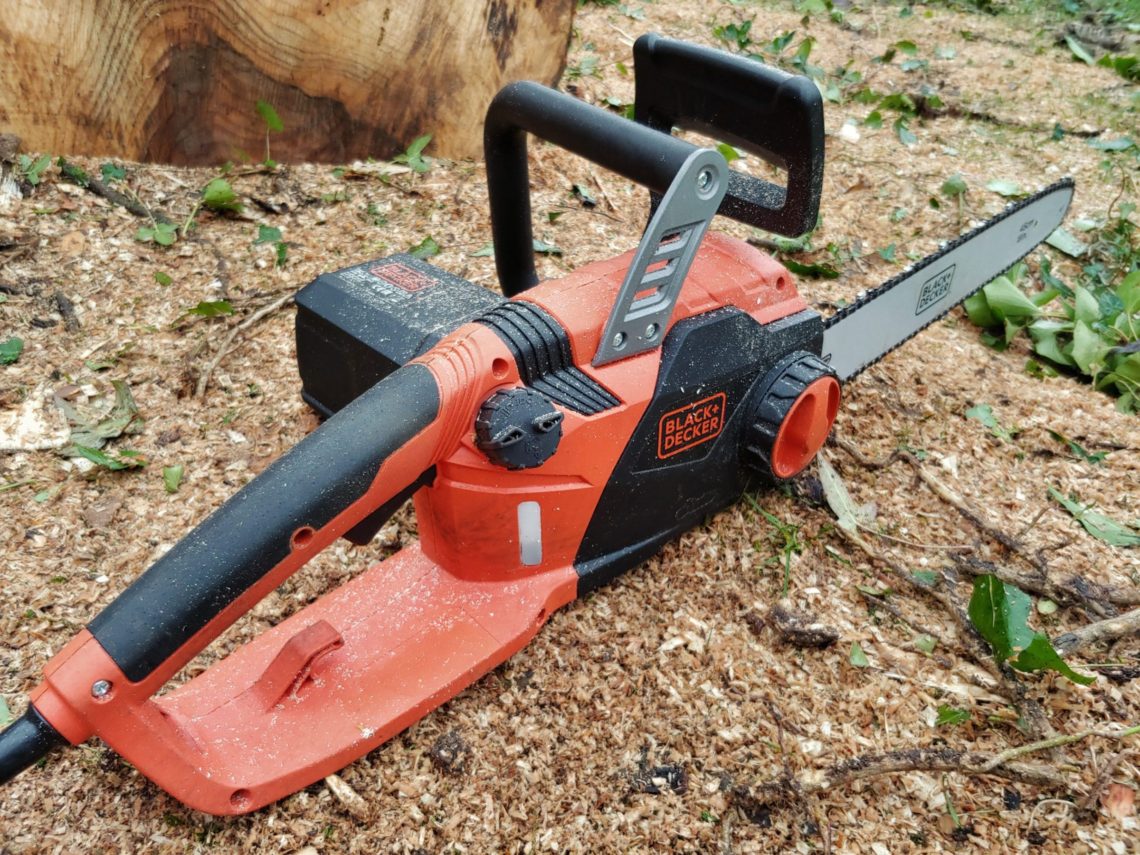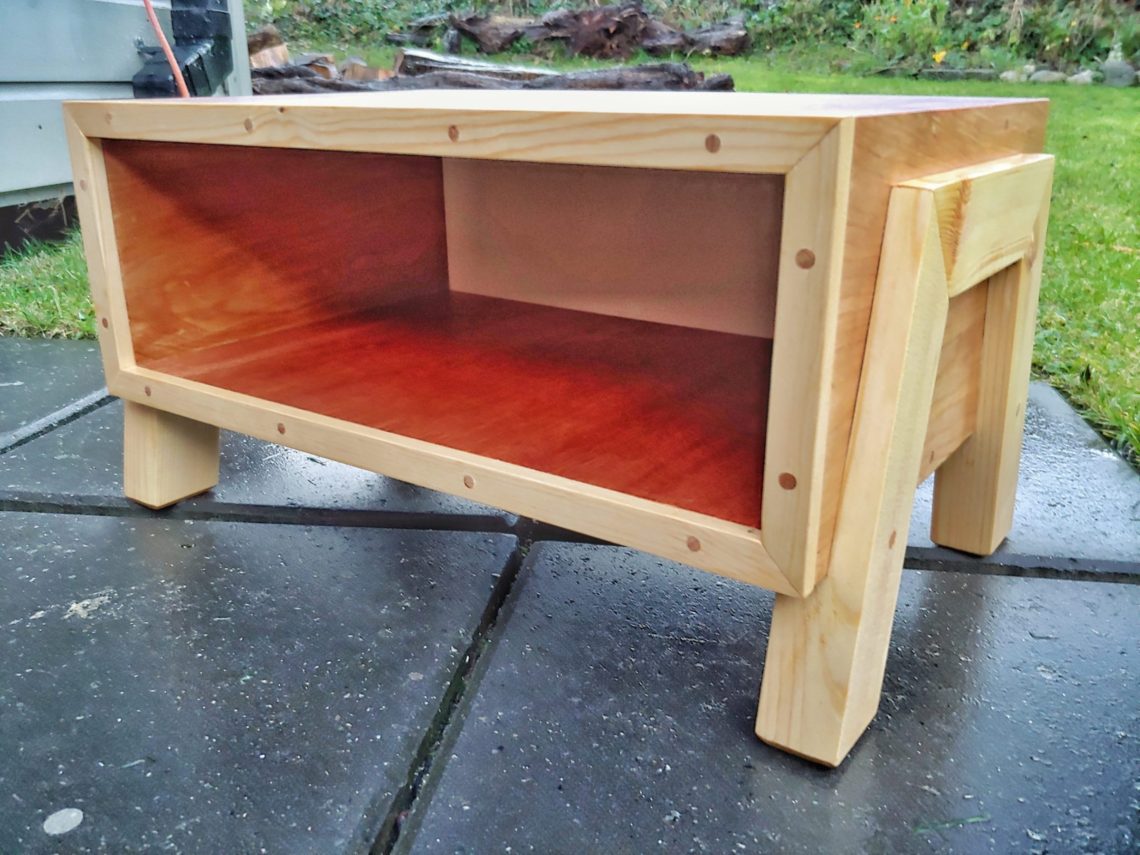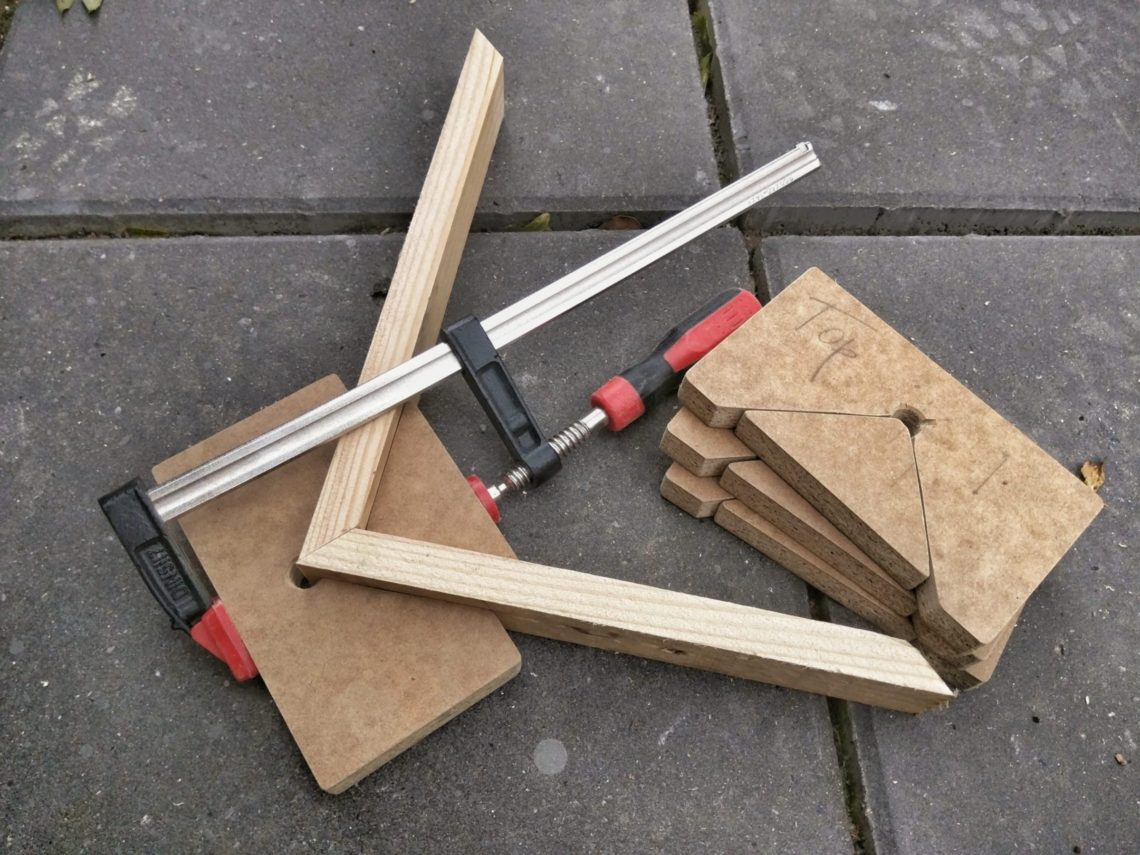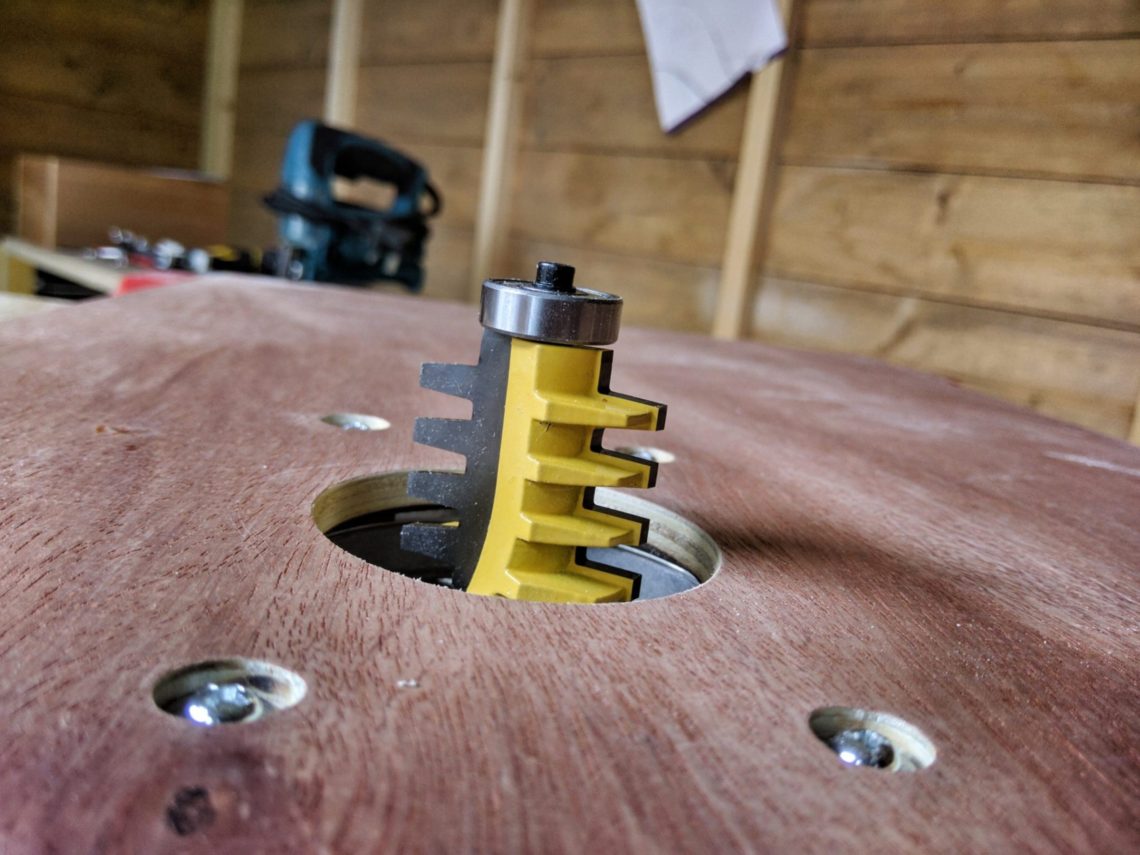-
X-mas tools, edition 2018
Fiskars X21 (splitting) and Fiskars X7 (universal) axes have fibreglass-reinforced plastic handles which are stronger than wooden handles. They can keep going without any problems. The axe heads are integrated into the handles and will not come off. Additionally, the handles absorb vibrations and increase grip and comfort during use. The quality is great and the axes are covered by a lifetime warranty. Each axe comes with a plastic protective case that can be used to carry or hang up the axe. Axes can handle a lot of abuse and once properly sharpened will stay sharp for a long period…
-
Coffee wall art
To make the board I used pallet wood. Planks were cut in half, then rip cut to width. The board was cut to length on a table saw and that was followed by sanding. I left some saw marks and a couple of stains. I used a homemade wood dye (vinegar + steel wool) to age the board. Then I used spray paint to darken the edges. Always use the right screwdriver for the job, no matter how small the job or the screwdriver is. PZ1 is small. Cutting MDF with a jigsaw couldn’t be postponed endlessly. It was done…
-
Shed shelves
I needed some place to store my timber and plywood/MDF sheets. Something quite small, to save space in the shed and big enough to accommodate a 4′ x 2′ sheet. All elements were fixed inside the shed except for the one that I started with. I didn’t have an extra hand so I improvised with temporary supports. Once the frame was done I prepared for pocket hole joinery. The lower shelf is built for shorter material (shorter spacing) and the upper one for longer pieces of timber. It has the right size and it’s very sturdy. It will help me…
-
Low stand
Scrap plywood was used to build the box. First I cut everything to width and length. Then I set the blade to 45º and removed the corners from all 4 pieces. The glue-up wasn’t as easy as I expected. My corner clamps were too big for this project and I had to do some overlapping. This seems to be every woodworker’s problem – we all need more clamps! The glue squeeze-out was cleaned with a damp cloth but some hardened glue had to be removed with a chisel. I built a provisional thin strip ripping jig and cut some timber…
-
Cognac glass
Cutting the bottle was easy and fast. Additionally, when I was cracking the bottle with boiling and cold water, the labels came off themselves. Didn’t expect that. Sanding with 40-grit sandpaper was next. It was a good idea to clean the sandpaper with a little brush. Rough edges were slowly transformed into smooth and shiny ones. Sanding drums took over and finished the sanding step. A polishing compound was applied to the spinning felt wheel. Buffing and cleaning with white spirit. The glass has these little details that highlight its character. Unusual bottom with a number, a date and a…
-
Champagne bottle
In order to cut the bottle in the middle of its neck, I had to keep the bottle upside down. It’s shown in this post (Slim flower vase) how difficult it is to get access to the bottleneck when the bottle is in an upright position. That setup had some limitations, however, it was useful for cutting jars. It’s not stable, but it worked this time. Quite a nice line was cut, and I moved to the kitchen. Boiling and cold water cracked the bottle. The first sanding disc I used was 40 grit. It took me 20 mins to…
-
4 tier shelving unit
I used pallet wood to build the tiers. First I cut it to the width. Then I set the blade to a 45º angle to cut everything to length. I used a stop block to make precision cuts. 25 and 30 cm pieces were cut, 8 of each length. Glued and clamped with my recently build corner clamps. It is perfectly square. I also tried different ways of using my clamps, even better results. Sanding, clamping and cutting a recess for an aluminium corner. Once the frames were done I prepared another batch of pallet wood. Planed down to the…
-
Corner clamps
A chipboard scrap was used to build the project. Once I had an idea of how they would look, I moved to the next step – a table saw. Drilling holes with 12 mm bit. I countersank them – just for fun. Using a table saw – cutting from both sides. A quick sanding and rounding of the corners. 8 pieces make a set of 4 corner clamps, they can be used in different ways.
-
Large bits router table top
I already have a router tabletop, but this one is slightly different. It can be used with large router bits – cutting head of 2 inches in diameter (50 mm). This big cutting head means a different router base. The trimmer base was too small for large bits, luckily the plunge base can handle bits of nearly 64 mm in diameter. Cutting the plywood was the first thing to do. Due to the size of the base I also had to trim the workbench. First with the jigsaw, then with the router. That was the first time I used a…
-
Polish table makeover
The original shape looked a little heavy, especially the legs. I also wasn’t happy with the tabletop mount. These 2 things had to be changed – the shape of leg supports and the position and thickness of tabletop supports. Disassembly was easy with the proper tools. Once completed I set my straight line jig and the table saw. I removed the chamfer from the top and then I cut grooves using my router table fence. Driving 8 large screws was quick and easy, then I sanded down the high spots (both wood and metal) using a belt sander. I made…









